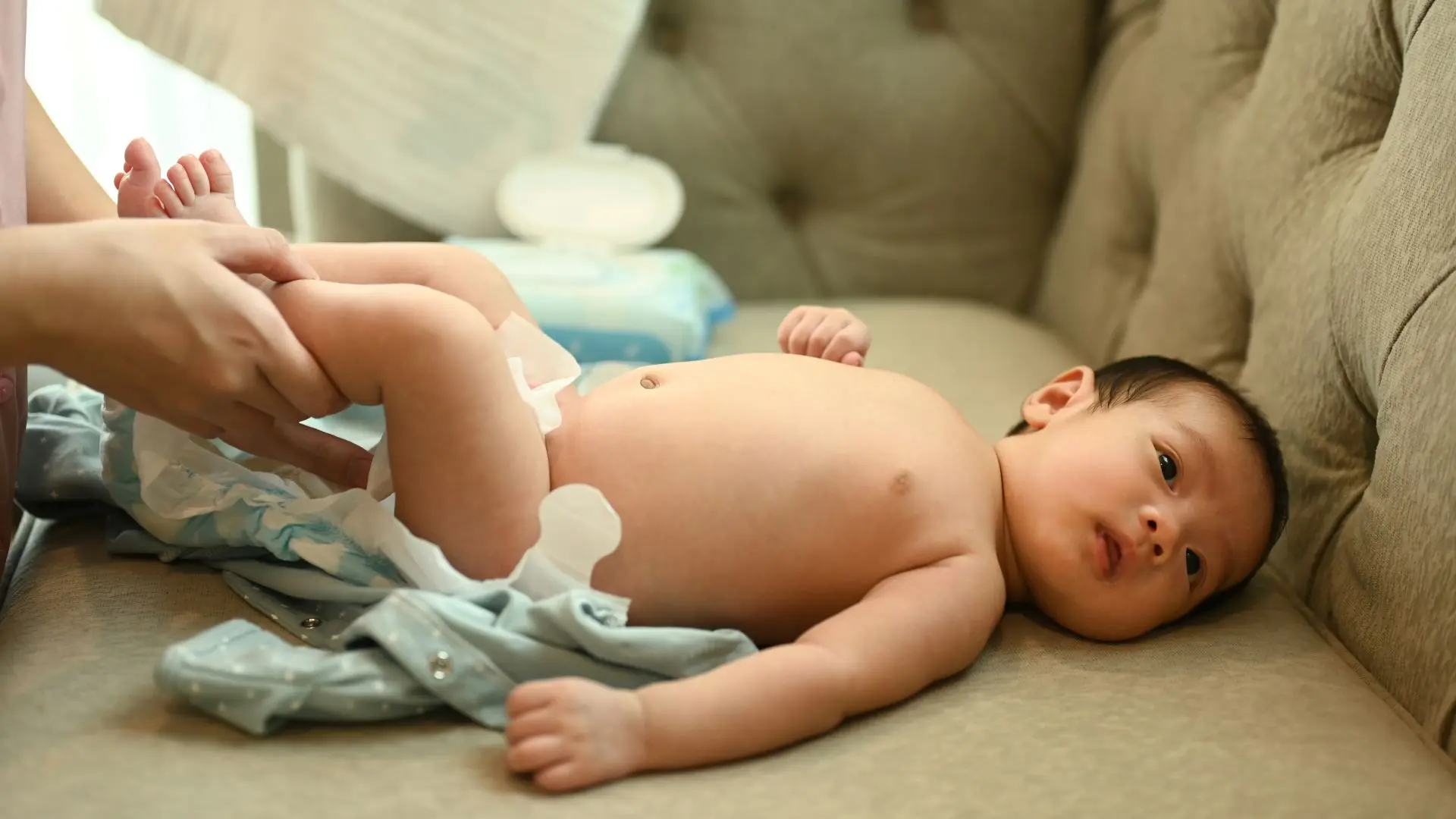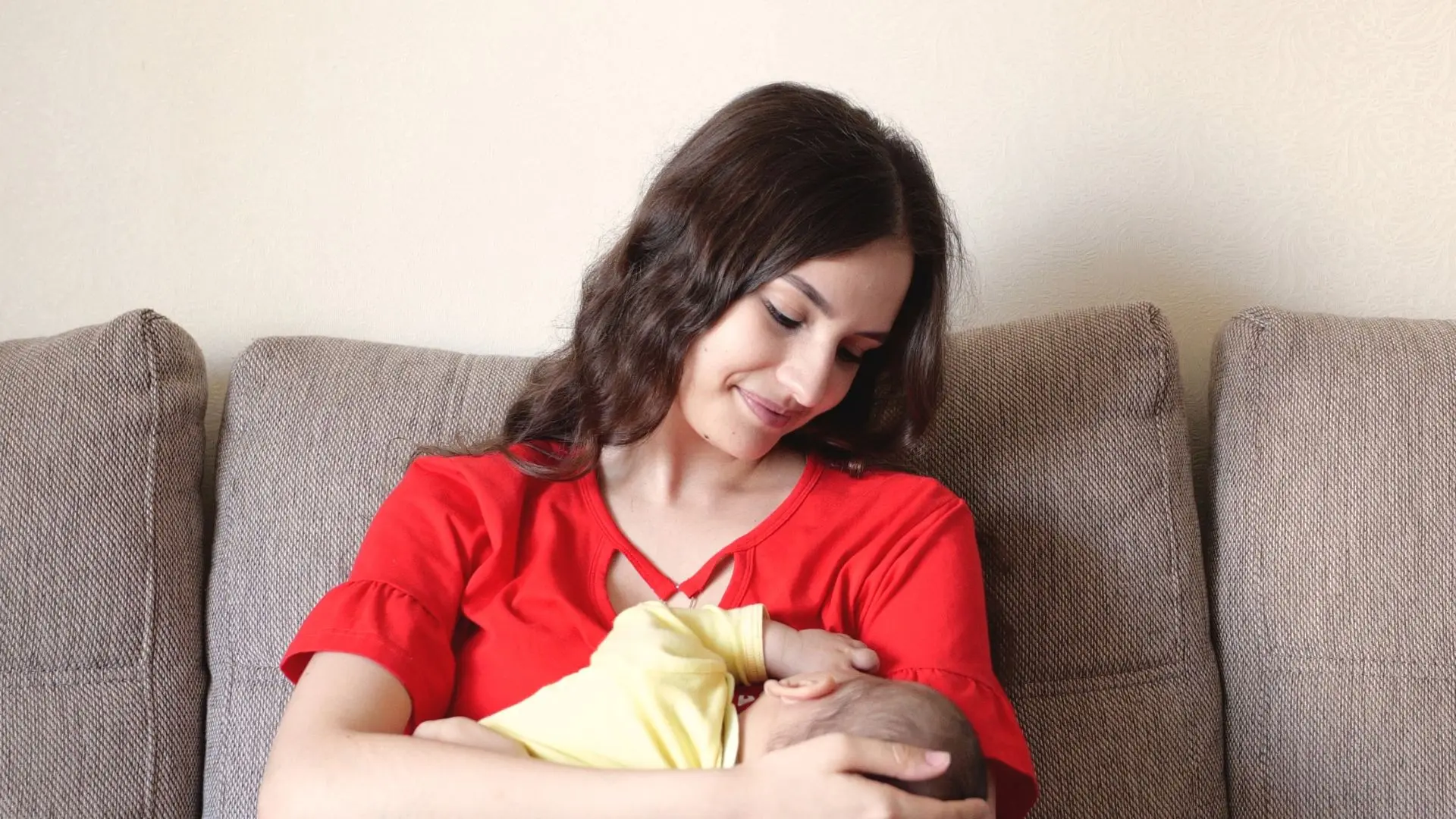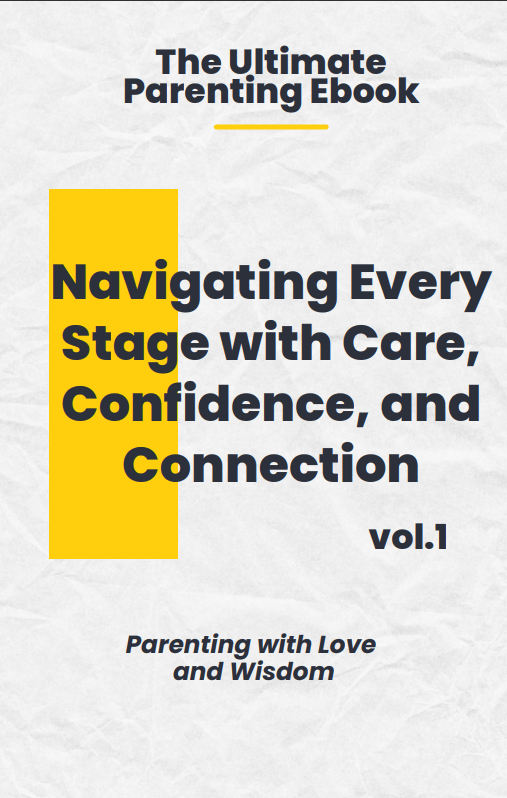
Do you ever find yourself caught in the whirlwind of chaos within your own home? Maybe it’s the constant bickering between siblings, the never-ending battle over bedtime, or simply the overwhelming clutter that seems to multiply overnight. Whatever the source of the chaos, one thing is clear: maintaining a sense of peace and harmony in the midst of it all can feel like an uphill battle. But fear not because there’s a powerful solution at your fingertips: positive parenting.
Positive parenting isn’t just another buzzword or passing trend; it’s a transformative approach to raising children that has the potential to turn your chaotic household into a haven of calm and connection. At its core, positive parenting is about fostering a nurturing and supportive environment where both parents and children can thrive. It’s about replacing power struggles with cooperation, punishment with understanding, and chaos with calm.
So, how exactly does positive parenting work its magic? Well, that’s what we’re here to explore. Throughout this journey, we’ll delve into specific techniques and strategies that embody the essence of positive parenting. From setting clear expectations and boundaries to practicing mindful discipline and nurturing emotional intelligence, each technique is designed to empower you as a parent and promote positive outcomes for your children.
Picture this: instead of resorting to yelling or threats when faced with a tantrum, you calmly acknowledge your child’s feelings and help them find constructive ways to express themselves. Instead of constantly battling over chores, you work together as a team, celebrating small victories along the way. And instead of dreading family time, you cherish the moments of connection and laughter that fill your home.
That’s the power of positive parenting—transforming chaos into calm, one loving interaction at a time. So buckle up and get ready to embark on this journey with us. Your family’s path to peace and harmony starts here.
Table of Contents
Toggle1. Positive parenting Techniques that work wonders
Positive parenting techniques focus on nurturing a supportive environment through empathy, clear communication, and consistent discipline. By prioritizing positive reinforcement and setting reasonable expectations, caregivers can foster healthy relationships and promote the social and emotional development of their children.
1. Consistency
In positive parenting, consistency is vital for shaping children’s behavior and fostering a nurturing environment. It establishes clear boundaries, builds trust, and creates stability through predictable routines and expectations.
What we need to do is
- Model positive behavior: Children learn by example, so they demonstrate respectful communication and problem-solving.
- Set clear expectations: Establish rules and consequences for behavior, ensuring they are consistently enforced.
- Use positive reinforcement: Praise and reward good behavior to encourage its repetition.
- Provide explanations: Help children understand why certain behaviors are preferred and how they impact others.
- Offer choices: Allow children to make decisions within limits, empowering them and reducing power struggles.
- Practice patience: Stay calm and patient when addressing misbehavior, avoiding harsh punishments or criticism.
- Encourage problem-solving: Teach children to identify problems and find constructive solutions together.
- Foster empathy: Help children understand the feelings of others and consider how their actions affect them.
- Communicate openly: Listen to children’s perspectives and concerns, fostering trust and understanding.
- Seek support: Consult parenting resources or professionals for guidance and support when needed.
2. Role of Clear Communication
Significance of Open and Honest Communication
- Open and honest communication is the cornerstone of positive parenting, fostering trust and understanding between parents and children.
- It allows children to express their thoughts and feelings freely, creating a supportive environment where they feel heard and valued.
Tips for Effective Communication with Children
- Use age-appropriate language and tone to ensure clarity and comprehension.
- Listen actively without interrupting, demonstrating empathy and respect for their perspective.
- Encourage questions and discussions, fostering a culture of open dialogue and mutual respect.
Anecdotes Demonstrating Positive Outcomes
- Example 1: A parent regularly communicates bedtime expectations with their child, explaining the importance of a consistent sleep schedule. As a result, the child feels more secure and well-rested, leading to improved behavior and academic performance.
- Example 2: A family establishes a tradition of weekly family meetings to discuss concerns and celebrate achievements. This practice strengthens their bond and reinforces positive communication habits, resulting in a harmonious household atmosphere.
Clear communication in positive parenting not only strengthens the parent-child relationship but also promotes emotional intelligence and problem-solving skills in children. By nurturing a culture of open dialogue and understanding, parents can effectively navigate challenges and cultivate a supportive environment where children thrive.
3. Discipline as a Teaching Tool in Positive Parenting
In the realm of positive parenting, discipline isn’t just about correcting behavior; it’s about teaching valuable life lessons and guiding children toward making positive choices.
Positive Discipline Techniques
Positive discipline techniques focus on reinforcing desired behaviors rather than solely punishing unwanted ones. Two effective methods are redirection and natural consequences.
- Redirection: When a child engages in undesirable behavior, such as throwing toys, redirection involves gently guiding them toward a more appropriate activity. For example, if a child is throwing toys, a parent might suggest a different activity, like coloring or playing with blocks.
- Natural Consequences: Natural consequences allow children to experience the direct outcomes of their actions. For instance, if a child refuses to wear a coat on a chilly day, they might feel cold and learn the importance of dressing appropriately for the weather.
Maintaining a Balance Between Firmness and Empathy
Finding the right balance between firmness and empathy is crucial in positive parenting discipline styles. It’s about setting clear boundaries while also showing understanding and compassion.
For instance, if a child breaks a rule, such as coming home past curfew, a parent can address the issue firmly by enforcing consequences, such as loss of privileges. However, it’s also essential to approach the situation with empathy, understand the reasons behind the behavior, and discuss alternative choices for next time.
4. Encouragement and Empowerment in Positive Parenting
Encouragement plays a pivotal role in nurturing a child’s self-esteem and fostering a positive outlook on life within the framework of positive parenting.
Emphasizing the Importance of Encouragement
Encouragement is not just about praising accomplishments; it’s about recognizing effort and progress and instilling confidence and resilience in children.
Ways to Empower Children
Empowering children involves acknowledging their efforts and achievements and providing them with opportunities to make choices and take ownership of their actions.
Acknowledging Efforts and Achievements
By celebrating even small victories, such as completing a difficult puzzle or showing kindness to a friend, parents can boost children’s self-esteem and motivation to continue trying their best.
Providing Opportunities for Choice
Allowing children to make decisions within age-appropriate limits, such as choosing their outfits or deciding on activities for family outings, empowers them and fosters independence.
5. Conflict Resolution Strategies for Fostering Peace in Positive Parenting
Conflict resolution is a vital skill that children can learn through positive parenting techniques, enabling them to navigate disagreements and tense situations with grace and understanding.
Providing Practical Techniques for Peaceful Conflict Resolution
Teaching children practical techniques for resolving conflicts peacefully empowers them to communicate effectively and find mutually agreeable solutions. Techniques may include using “I” statements to express feelings, taking turns speaking, and brainstorming compromise solutions.
Example Technique: “I” Statements
Encourage children to use statements like “I feel frustrated when…” to express their emotions and concerns without blaming others. This fosters empathy and encourages respectful communication during conflicts.
Discussing the Value of Active Listening and Problem-Solving
Active listening and problem-solving skills are invaluable tools in conflict resolution, allowing children to understand others’ perspectives and work collaboratively toward resolution.
Example Value: Active Listening
Teaching children to listen actively involves paying attention to what others are saying without interrupting, paraphrasing their words to show understanding, and asking clarifying questions. This promotes empathy and helps de-escalate conflicts by fostering mutual respect and understanding.
Offering Examples of Positive Parenting Techniques in Action
Positive parenting techniques can effectively de-escalate tense situations by promoting empathy, calmness, and respect for others’ feelings.
Example Scenario
During a disagreement over sharing toys, a parent calmly intervenes and encourages the children to take turns and find a compromise solution. By acknowledging each child’s perspective and guiding them toward a peaceful resolution, the parent demonstrates positive parenting discipline, fostering harmony and cooperation.
6. Emotional Regulation
Emotional regulation is a cornerstone of positive parenting, fostering calmness and resilience in children as they navigate life’s challenges.
Highlighting the Role of Emotional Regulation
Emotional regulation equips children with the ability to manage their feelings effectively, promoting a sense of inner peace and stability even in the face of adversity. Even a child with ADHD can learn strategies for emotional regulation through positive parenting techniques such as validating their feelings and teaching coping skills. Over time, they become better equipped to manage their impulses and emotions, leading to improved focus and behavior both at home and in school.
Suggesting Activities for Positive Emotion Management
Engaging children in activities that promote positive emotion management can be beneficial. Examples include deep breathing exercises, mindfulness practices, and journaling about their feelings. Also,
- Use creative outlets like drawing, painting, or writing to express and process emotions.
- Incorporate physical activity into their routine, such as yoga or dancing, to release pent-up energy and tension.
- Practice gratitude by encouraging children to reflect on and share things they are thankful for each day.
- Teach problem-solving skills, guiding children to identify solutions to challenges they encounter.
- Offer opportunities for relaxation, such as reading a favorite book together or cooking or gardening.
- Model positive emotion management yourself, demonstrating healthy coping strategies in your own behavior and reactions.
7. Nurturing Strong Bonds
Stressing the significance of nurturing strong bonds between parents and children is paramount in fostering a positive and supportive family environment within the framework of positive parenting.
Some useful tips are here
- Prioritize spending quality time together, engaging in activities that both parent and child enjoy.
- Communicate openly and actively listen to your child’s thoughts, feelings, and concerns.
- Show affection regularly through hugs, praise, and verbal affirmations.
- Be consistent in enforcing rules and boundaries while also showing empathy and understanding.
- Demonstrate respect towards your child by valuing their opinions and involving them in decision-making when appropriate.
- Encourage independence and autonomy by allowing your child to make age-appropriate choices.
- Be a positive role model by displaying behaviors and attitudes you want your child to emulate.
- Resolve conflicts peacefully and model healthy conflict resolution skills.
- Celebrate your child’s successes and milestones, no matter how small, to reinforce their confidence and self-esteem.
- Maintain a sense of humor and have fun together, creating joyful memories that strengthen your bond.
Conclusion
In conclusion, the journey from chaos to calm is possible through the transformative power of positive parenting. By embracing techniques such as consistency, clear communication, and mindful discipline, parents can create a nurturing environment where children thrive. Encouragement and empowerment play pivotal roles in fostering self-esteem and resilience, while conflict resolution strategies promote peace and understanding within the family. Furthermore, nurturing strong bonds between parents and children lays the foundation for a supportive and harmonious household. As we embark on this journey together, let us remember that positive parenting is not just about managing behavior—it’s about fostering love, connection, and growth. By implementing these strategies, we can transform our homes into havens of calm where laughter, understanding, and joy abound. The journey may have its challenges, but with positive parenting as our guide, the possibilities for a brighter future are endless.
You may also interested in : How the Authoritative Parenting Style Shapes Future Leaders
FAQs
1. What is positive parenting?
Positive parenting is an approach to raising children that focuses on fostering a nurturing and supportive environment. It emphasizes empathy, clear communication, and constructive discipline to promote healthy development and positive outcomes for children.
2. How does positive parenting differ from traditional parenting?
Unlike traditional parenting, which may rely on punishment and authoritarian methods, positive parenting emphasizes understanding and cooperation. It prioritizes building strong relationships between parents and children, promoting mutual respect and empowerment.
3. What are some key principles of positive parenting?
Some key principles of positive parenting include consistency, clear communication, encouragement, and fostering strong parent-child relationships. These principles help create a positive and supportive environment where children can thrive emotionally, socially, and academically.
4. Can positive parenting work for all children?
Yes, positive parenting techniques can be effective for children of all ages and temperaments. However, it may require adaptation based on individual needs and circumstances. Positive parenting is about understanding and meeting the unique needs of each child while promoting their overall well-being.
5. How can I incorporate positive parenting into my daily routine?
Incorporating positive parenting into your daily routine involves implementing strategies such as setting clear expectations, using positive reinforcement, practicing active listening, and modeling respectful behavior. It’s about creating a nurturing and supportive atmosphere where communication and cooperation thrive.
6. What are some positive discipline techniques?
Positive discipline techniques focus on teaching rather than punishing. Examples include redirection, natural consequences, and time-ins, where children are encouraged to reflect on their actions. These techniques help children learn from their mistakes and develop problem-solving skills.
7. How can positive parenting help in resolving conflicts?
Positive parenting promotes conflict resolution through techniques like active listening, empathy, and problem-solving. By encouraging open communication and understanding, conflicts can be resolved peacefully, fostering stronger relationships and mutual respect within the family.
8. Is positive parenting effective for children with behavioral challenges?
Yes, positive parenting can be particularly effective for children with behavioral challenges. By providing consistent boundaries, positive reinforcement, and support, parents can help children develop essential skills for managing their behavior and emotions in a constructive manner.
9. Can positive parenting improve parent-child relationships?
Absolutely. Positive parenting techniques strengthen the parent-child bond by promoting trust, communication, and mutual respect. By prioritizing empathy and understanding, parents can foster a deep connection with their children, leading to healthier and more fulfilling relationships.
10. How can I learn more about positive parenting?
There are many resources available for learning about positive parenting, including books, workshops, online courses, and parenting support groups. Additionally, seeking guidance from experienced professionals, such as counselors or child psychologists, can provide personalized advice and strategies for implementing positive parenting techniques effectively.
11. What if I make mistakes while practicing positive parenting?
Making mistakes is a natural part of parenting. The key is to acknowledge and learn from them. Apologize if necessary, reflect on what could have been done differently, and strive to improve your approach moving forward.
12. Can positive parenting be applied to teenagers?
Yes, positive parenting principles are applicable to teenagers as well. While the dynamics may shift as children grow older, maintaining open communication, setting boundaries, and fostering mutual respect remain essential for healthy parent-teen relationships.
13. How long does it take to see results with positive parenting?
The timeline for seeing results with positive parenting can vary depending on the child’s temperament, age, and the consistency of parenting techniques. However, many parents report positive changes in their children’s behavior and relationships within a relatively short period of time.
14. What if my partner and I have different parenting styles?
It’s common for parents to have different parenting styles, but it’s essential to communicate openly and find common ground. Focus on shared values and goals for your children, and work together to create a unified approach that incorporates elements of both parenting styles.
15. Is positive parenting suitable for single parents?
Yes, positive parenting is suitable for single parents as well. While it may present unique challenges, such as balancing parenting responsibilities alone, the principles of empathy, clear communication, and consistency remain effective in nurturing healthy parent-child relationships. Additionally, seeking support from friends, family, or community resources can be invaluable for single parents practicing positive parenting.




